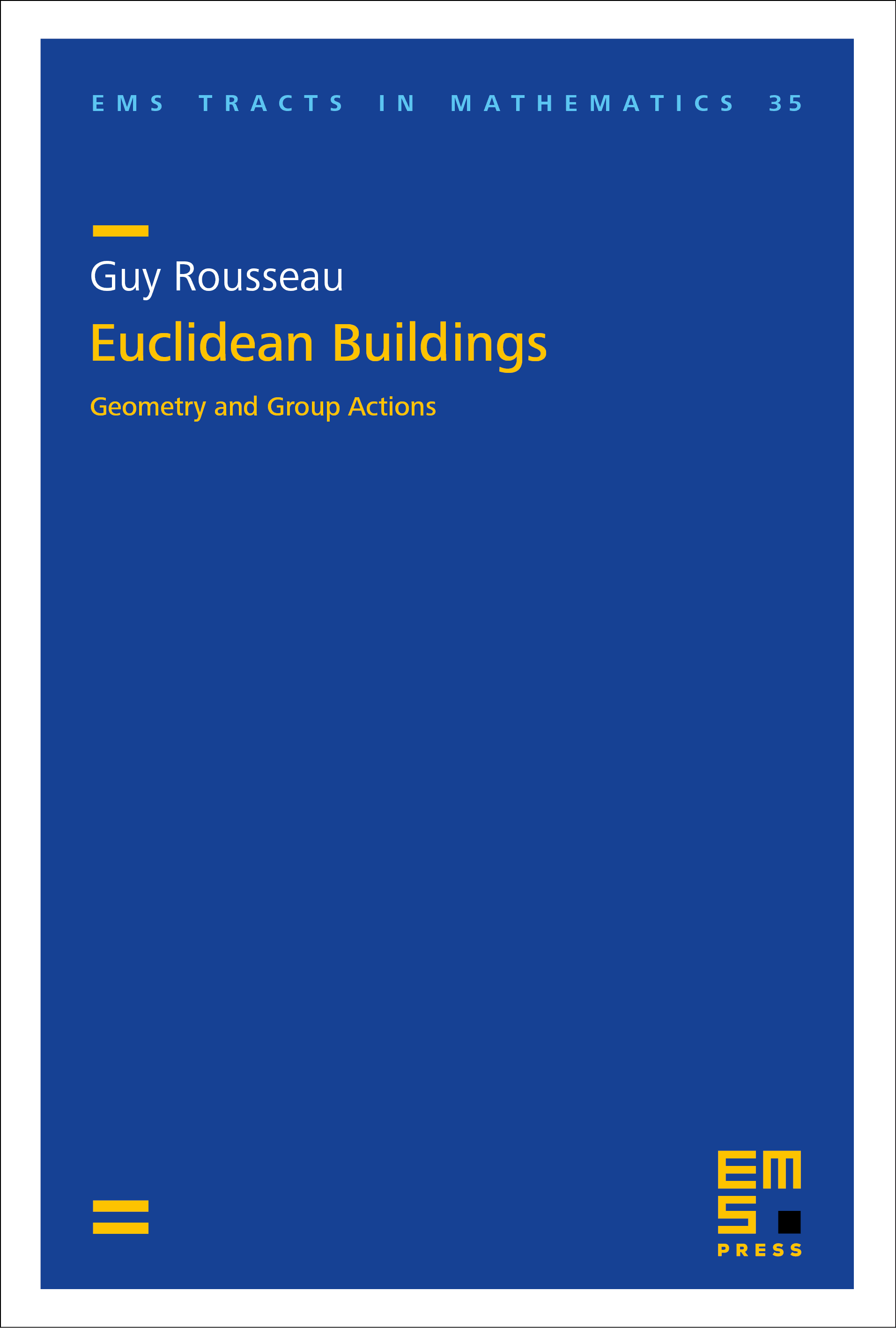Euclidean Buildings
Geometry and Group Actions
Guy Rousseau
Université de Lorraine, IECL, Vandœuvre-lès-Nancy, France

A subscription is required to access this book.
The theory of buildings lies at the interplay between geometry and group theory, and is one of the main tools for studying the structure of many groups.
Actually, buildings were introduced by Jacques Tits in the 1950s to better understand and study a semi-simple algebraic group over a field. For a general field, its associated building is a spherical building, called its Tits building. It is a simplicial complex and, in this book, one considers a geometric realization called vectorial building. When the field is real valued, François Bruhat and Jacques Tits constructed another building taking into account the topology of the field. This Bruhat–Tits building is a polysimplicial complex and its usual geometric realization is an affine building.
These vectorial or affine buildings are the main examples of Euclidean buildings. The present book develops the general abstract theory of these Euclidean buildings (the buildings with Euclidean affine spaces as apartments). It is largely self-contained and emphasizes the metric aspects of these objects, as CAT(0) spaces very similar to Riemannian symmetric spaces of non-compact type. The book studies their compactifications, their links with groups, many classical examples, and some applications (for example, to Hecke algebras).